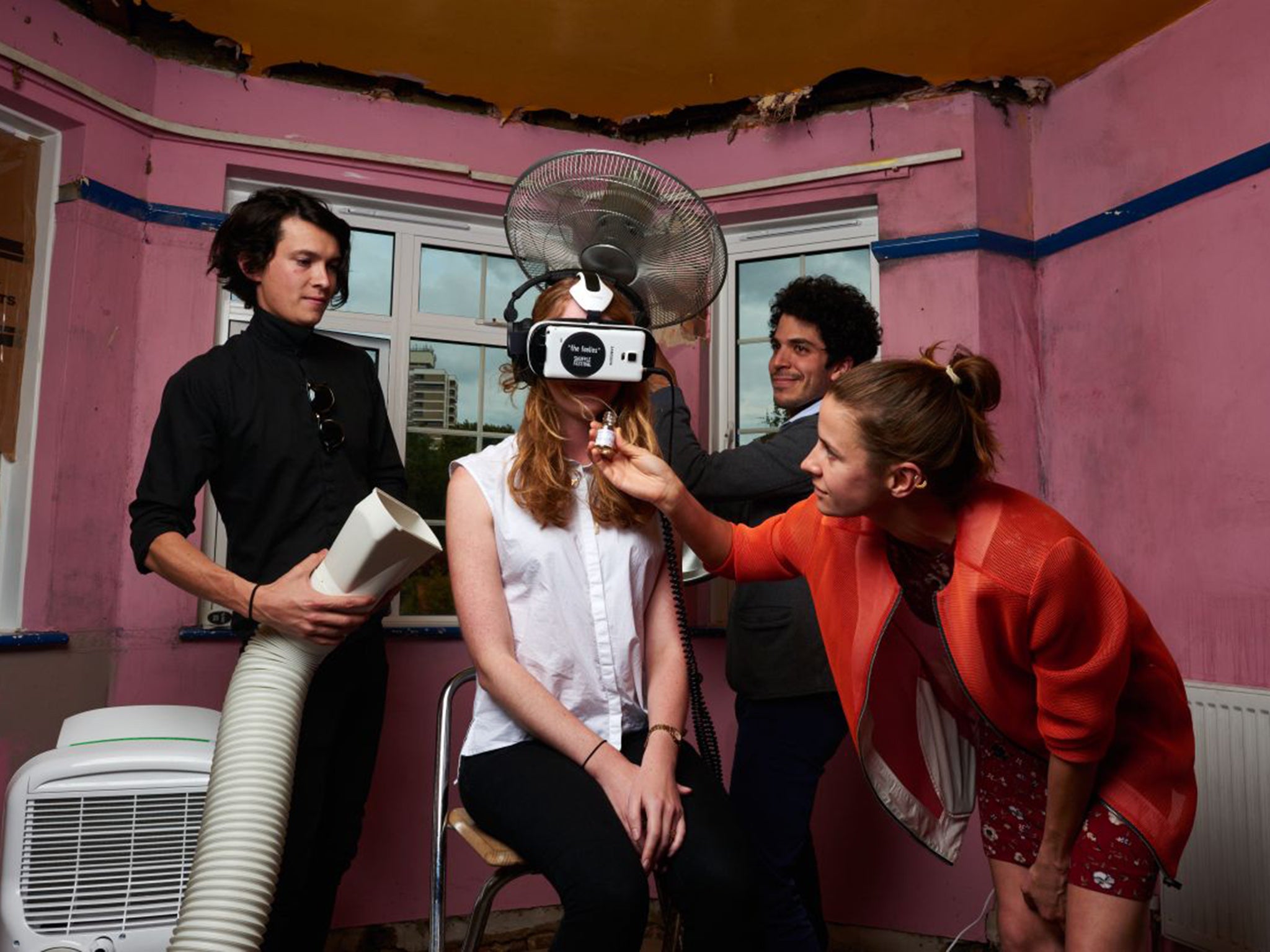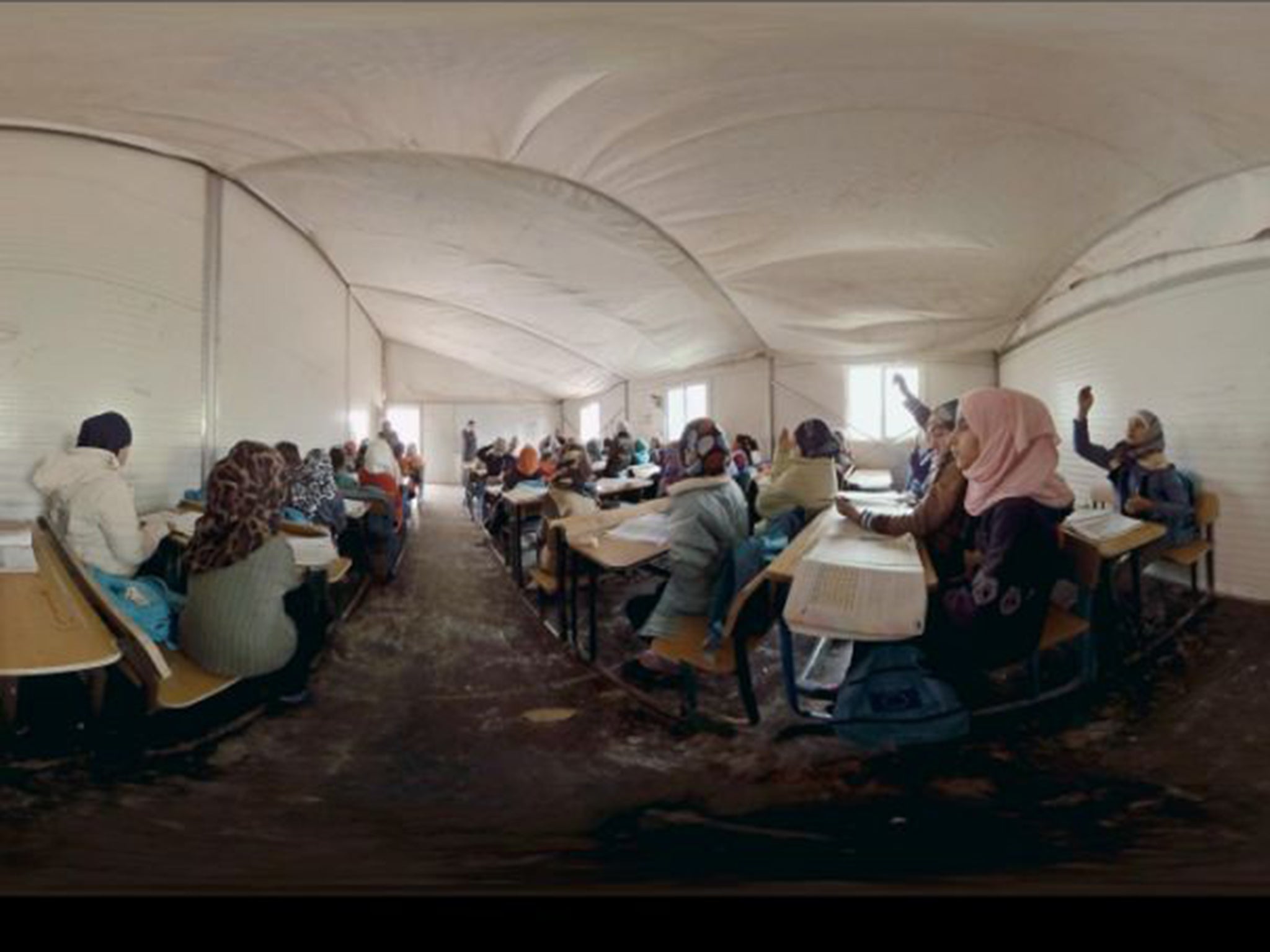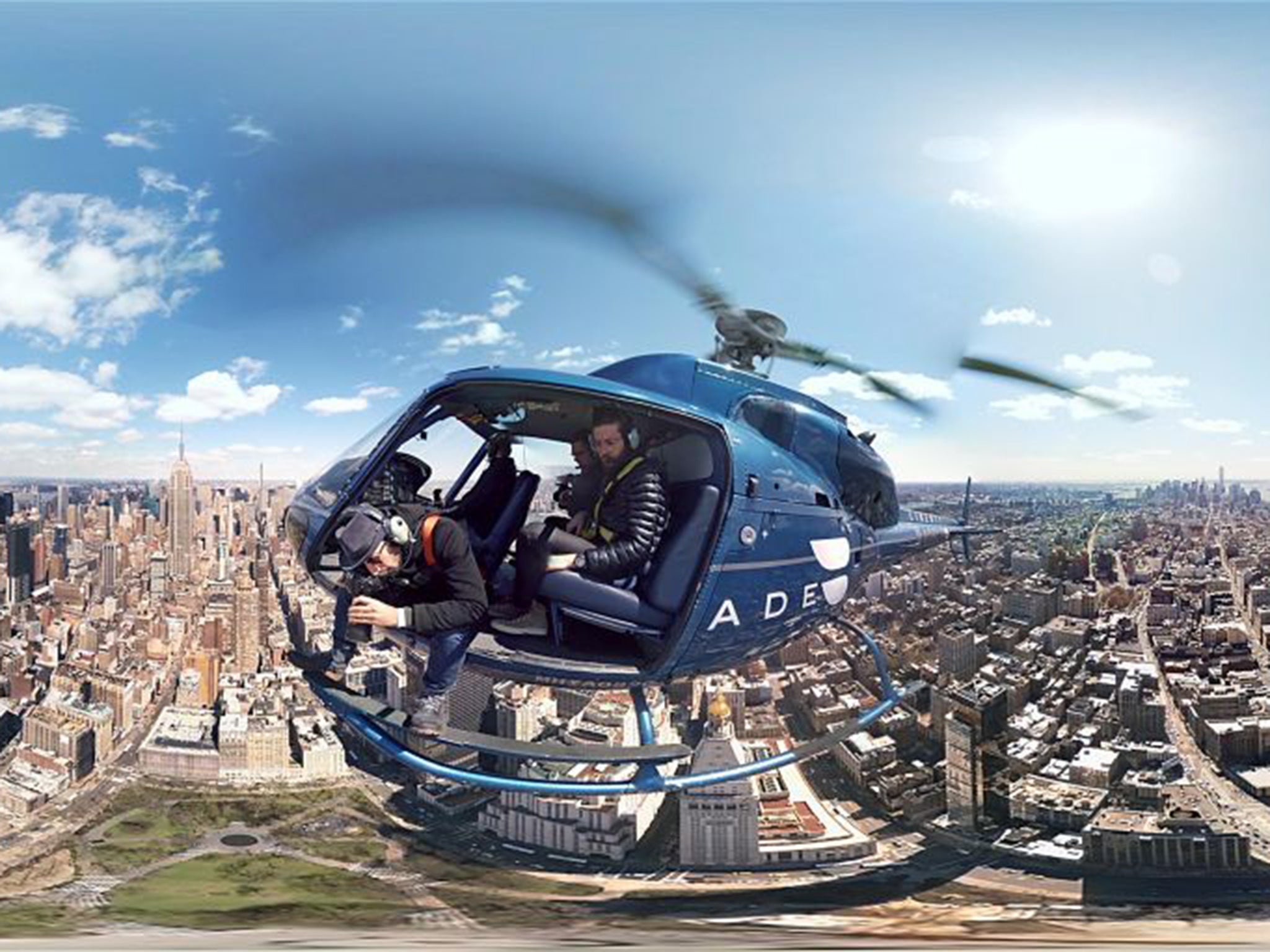Multi-sensory cinema: Shuffle festival serves up a Saturday night at 'the feelies'
A virtual reality headset ensures a hair-raising new cinematic experience

Your support helps us to tell the story
From reproductive rights to climate change to Big Tech, The Independent is on the ground when the story is developing. Whether it's investigating the financials of Elon Musk's pro-Trump PAC or producing our latest documentary, 'The A Word', which shines a light on the American women fighting for reproductive rights, we know how important it is to parse out the facts from the messaging.
At such a critical moment in US history, we need reporters on the ground. Your donation allows us to keep sending journalists to speak to both sides of the story.
The Independent is trusted by Americans across the entire political spectrum. And unlike many other quality news outlets, we choose not to lock Americans out of our reporting and analysis with paywalls. We believe quality journalism should be available to everyone, paid for by those who can afford it.
Your support makes all the difference.I’m in a helicopter flying high above New York City. A gust of wind from the chopper’s engine blows hair in my face and the sound of the rotors is deafening. A thousand feet below me is Times Square, and the thought of falling is making my stomach flip.
And then ... I remove my virtual reality (VR) headset and come back to earth with a bump. I’m in a room not much bigger than a cupboard, in a cemetery in east London.
This is multi-sensory cinema, or “the feelies” as its creators like to call it – a movie screening tailored to stimulate the viewer’s senses of touch, taste, smell and movement. The phrase was coined by the English author Aldous Huxley, who, in his dystopian novel Brave New World, predicted the advent of real-time sensory cinema – the logical progression from the two dimensional “talkies” that defined cinema for much of the 20th century.

The “feelie” concept has been brought to life at the Shuffle festival, an arts and science event being held in Tower Hamlets Cemetery Park this week. Created by Shuffle with researchers from Oxford University’s Crossmodal Research Laboratory, the Wellcome Trust and Vrse.works, the makers of the VR experience in my headset, the multi-sensory experience allows viewers to visit two very different parts of the world: New York city and a refugee camp in Jordan.
Watching a “feelie” involves some strange rituals. Relieved of all possessions, the viewer is met by the “master of ceremonies”. A set of VR goggles is placed on your head and you are led blindly to your seat.
Within seconds the film begins and I am in New York face to face with JR, a mysterious French artist who flyposts massive black-and-white images in public spaces. He narrates a story about one of his installations which I’m soon able to see from the air after a helicopter plucks me off the street and propels me skywards.
At one point I find myself standing on the edge of Manhattan’s Flatiron building, a sensation that makes me gasp. I’m sure I’m about to fall, but the invisible team of sensory technicians hold me back.

A second film, Clouds over Sidra thrusts me into the heart of Jordan’s Za’atari refugee camp, and evokes very different emotions. Seated in the camp with the smell of baking bread in my nostrils, I can turn in any direction – a full 360 degrees – to see the people and the buildings.
Grace Boyle, the Shuffle festival’s science director, says multi-sensory cinema is “pushing the boundaries of storytelling”. “People have become desensitised by traditional 2D film,” she said. “This is the next logical step and brings to light the best aspects of being human.”
Charles Michel, an experimental psychologist at the Crossmodal Research Lab, says the exciting thing about the Feelies is that it is one of the first examples of multi-sensory cinema involving “the more emotional senses of smell and touch”.
“The future of cinema really is about transporting people to different realities, even making them part of the action,” he said. “The arts have often been aimed at stimulating one or two of our senses, when reality is composed of at least five. I think the more multi-sensory the arts become, the more we’ll be able to experience mind-blowing stuff.”
Join our commenting forum
Join thought-provoking conversations, follow other Independent readers and see their replies
Comments